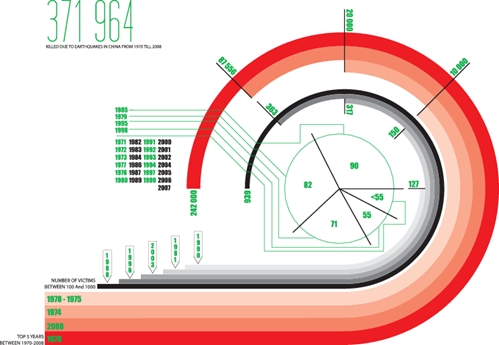As businesses implement performance management software and custom BI solutions, the question becomes how to use the analytics they provide. Mere gathering of certain metrics is not enough to make an informed decision, even with the development of big data practices. What matters is what companies make of the data to decide the best course of action. The first step toward having a business intelligence platform that delivers a return on investments is turning data into readable information. Descriptive analytics can help businesses actually decide on key issues related to operations, marketing or other processes.
Defining the data
There are several processes that go into data analytics, especially the set-up, measurement and gather stages. The first visual results from this process are usually descriptive, according to InformationWeek. It's the most basic class of data analytics, for it provides actual information. The issue with raw data is that most humans don't understand it, and as it scales upward, the numbers and bits get even more confusing to read. With descriptive analytics, this data becomes meaningful.
"Descriptive analytics reduce the raw data into something that's easy to read."
Whatever metrics the company deploys, descriptive analytics help reduce all the raw data into something that's easy to read and understand. Many measurements already have descriptive labels attached to them, particularly social advocacy measures such as Twitter retweets and hashtag usage, along with determining supporters and detractors. These measures can go a step further when analyzing text through sentiment analysis, which can determine tone and causal factors to observe customer satisfaction levels. With this information, a company can understand how the outside world affects its operations on a daily basis.
The first step forward
At the same time, descriptive analytics are only the beginning, not the end to harnessing big data, as suggested by IBM. A business can utilize the information to provide a comprehensive view of events that happened and are presently occurring. It can use the reports to a limited extent to alert on specific developments, such as work hours for the day exceeding certain parameters.
However, descriptive analytics, while they can offer important information, simply describe "what happened." This is only good in getting critical information on particular events after the fact. While useful in reactive and proactive practices, it may not be beneficial when deciding on the direction of a key process. Historical references can only go so far in a business's decision-making process. Having ideas on what will happen becomes necessary. While descriptive analytics can serve as the foundation of a powerful business intelligence platform, predictive analysis will be its driving force.






